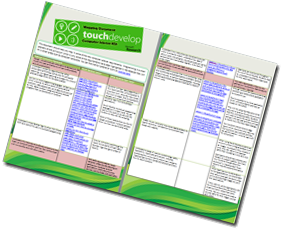 With I.C.T in the U.K changing, I have been looking at other ways of offering Computer Science in my lessons. I have been programming bits here and there and I have been using Kodu with my students. I wanted to step things up a notch and get my students understanding functions. I also wanted to start introducing arrays and if statements into their vocabulary. I was fortunate enough to start learning about the Touch Develop platform.
With I.C.T in the U.K changing, I have been looking at other ways of offering Computer Science in my lessons. I have been programming bits here and there and I have been using Kodu with my students. I wanted to step things up a notch and get my students understanding functions. I also wanted to start introducing arrays and if statements into their vocabulary. I was fortunate enough to start learning about the Touch Develop platform.
To see how each of the lessons map into the new national curriculum, you can follow the links on the image above. Each of the links will take you to the video you need. Alternatively, you can click on the links below in order to go through the scheme of work lesson by lesson.
TouchDevelop is a programming environment that runs on your mobile devices. You write scripts by tapping on the screen. You do not need a separate PC or keyboard. Scripts can perform various tasks similar to regular apps. Any TouchDevelop user can install, run, edit, and publish scripts. You can share your scripts with other people by publishing them to the TouchDevelop script bazaar, or by submitting them as an app to the Windows Store or Windows Phone Store.
I have started developing a scheme of work which will allow students to break into it slowly. The first lesson starts off by introducing them to variables, backgrounds and sprites. They will be able to add a character into their game and they will be able to use variables to change the height and width of characters. I have attached some PDF’s to support and the videos on this page will support the learning. The materials are free to download and let me know if they have been useful.
Here are a few Bonus Lessons to support different aspects of the new national curriculum.
| Lesson | Resource 1 | Resource 2 | Resource 3 |
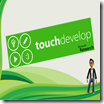 Lesson on Algorithms |
Resource which show you how to make a cup of tea using algorithms | Instructions for Resource 1 on making a cup of tea. | Students are required to make their own algorithm using this task. |
 Lesson on Data Types |
|||
 Lesson on Logic and Logic Gates |
Logic Gates work sheet to support task. | Logic Gates work sheet answers for previous task. |

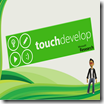
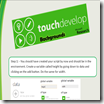
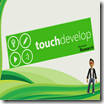
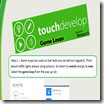
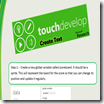
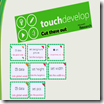
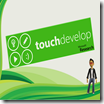
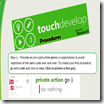
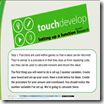
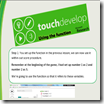
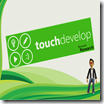
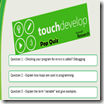
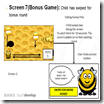
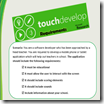
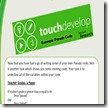
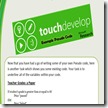
Great set of resources that are explicit and straight forward to use. Thank you.
Fantastically useful resources. Thanks so much for posting them